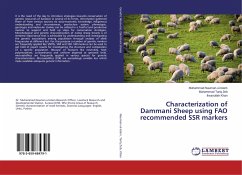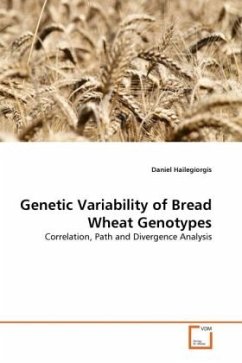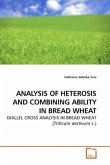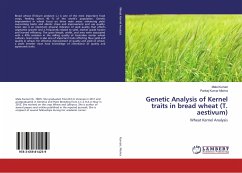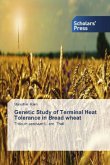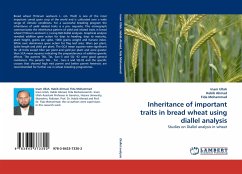The popularly grown wheat is allohexaploid (2n=6X=42), consisting of three closely related sub-genomes, A, B and D. The polyploid inheritance, large genome size (~17Gb) and significant amount (~95%) of repetitive DNA render wheat recalcitrant to forward and reverse genetics approaches. In order to better understand the composition and organization of wheat genome, techniques of Cot fractionation and methylation-filtration were used. For this purpose, three different genomic DNA libraries (one each from methylation-filtered, high Cot and reassociated DNA fractions) were prepared, and random clones from each of the three libraries were sequenced. The resulting sequences were used for studying structural (protein coding and non-coding RNA genes, transposable elements, etc) and compositional (GC content) differences among the three fractions. Availability of 1 million wheat ESTs in the public domain allowed development of gene-derived markers (SSRs and SNPs). These markers were used for studying genetic diversity among the elite wheat genotypes, and studying transferability to wild wheat relatives, which can serve as pool of useful alleles for future wheat improvement.



